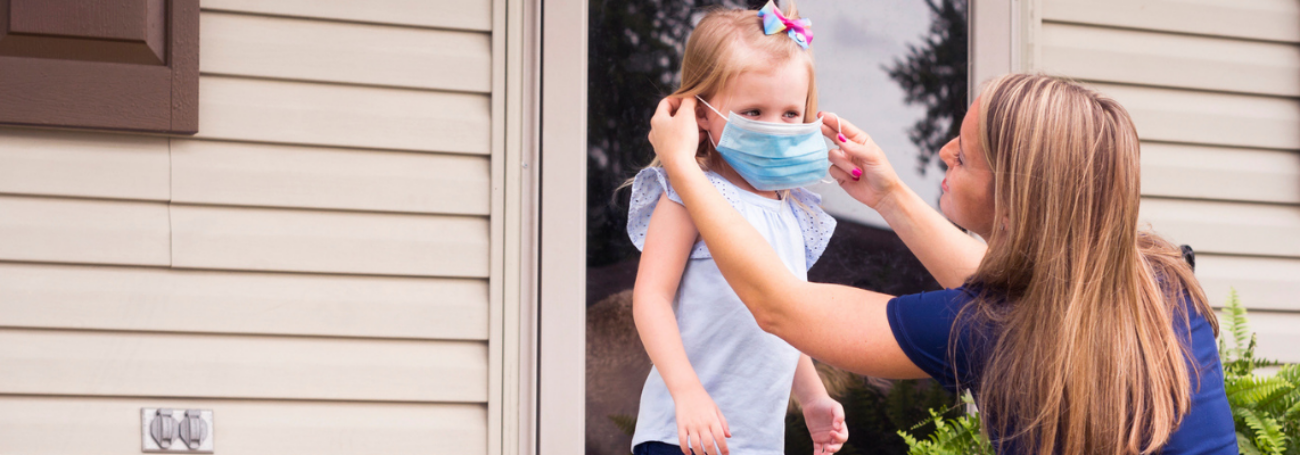This yearbook includes data from 2020, when the home visiting field quickly transitioned to virtual service delivery due to the COVID-19 pandemic. As programs sought to meet the needs of families and their workforce, home visiting models offered guidance and support to help programs address emerging data collection challenges.
For example, to reduce the burden on programs, Early Head Start Home-Based Option (EHS) did not require them to report data in 2020.(Source: To account for the lack of 2020 EHS data, we included adjusted 2019 service counts. The decision to use a proxy was twofold: (1) to reflect that EHS served families in 2020 and (2) to allow for more accurate cross-year data comparisons.)Go to footnote #>1 Many models provided definitions and guidance on what “counts” as a virtual visit for data collection and reporting; however, not all models could capture counts of their virtual service delivery. Variations also occurred across models.
Despite the year’s many unknowns, 15 evidence-based and 10 emerging models shared their 2020 participant data with us. Among those that responded, 12 evidence-based models and 9 emerging models provided data on the number of virtual home visits completed (included in the NHVRC State & Tribal profiles). We recognize that the 2021 Home Visiting Yearbook likely undercounts the reach of home visiting services; still, we believe it presents the best nationwide look at home visiting services available.
We remain grateful to the many models who shared their data to help us present a snapshot of home visiting in 2020. If last year’s publication captured the calm before the storm, then the 2021 Yearbook reflects the field’s dedicated, flexible, and collaborative spirit during the storm’s arrival and continued presence.
Learning From Crisis

As the project director for Oregon’s Maternal, Infant, and Early Childhood Home Visiting (MIECHV) program, Benjamin Hazelton has unique insight into the state’s 2020 home visiting data. He credits an initial bump in enrollment at the COVID-19 pandemic’s start to local agencies’ “heroic efforts to support participating families” and enroll those already in the queue. A later decline in enrollment, he suspects, may stem from programs not having protocols and experience to recruit families remotely and families’ growing weariness of life online.
The stories behind the data offer “glimmers of opportunity” for future practice, both in Oregon and beyond, Hazelton says. For example, the home visiting field can explore social marketing to complement person-to-person recruitment. Programs can also build on staff’s growing comfort with online training, supervision, and service delivery to increase accessibility to rural communities after the pandemic’s end.
“We owe it to ourselves to harvest information and learnings from the COVID-19 pandemic,” Hazelton says. “What works? What might we keep?”
